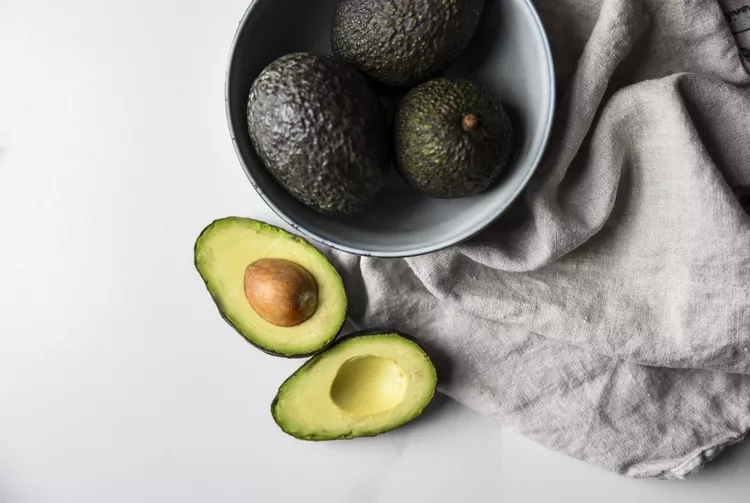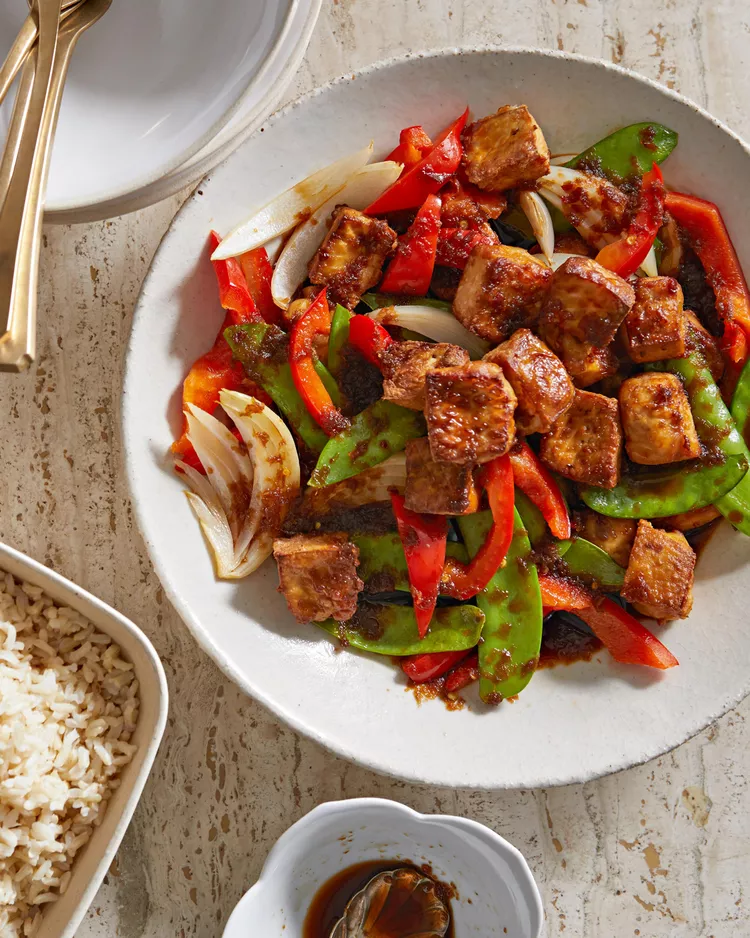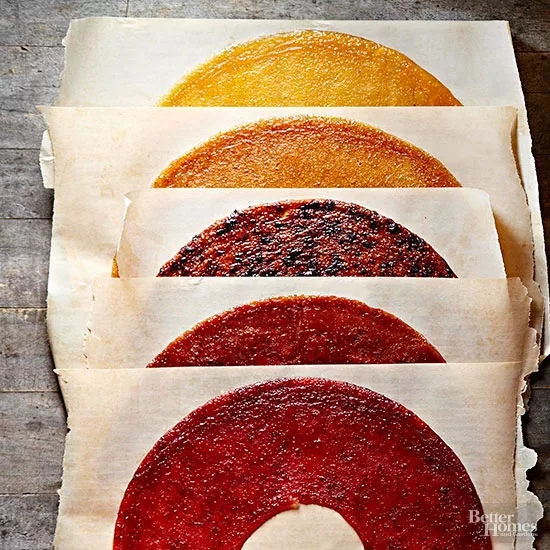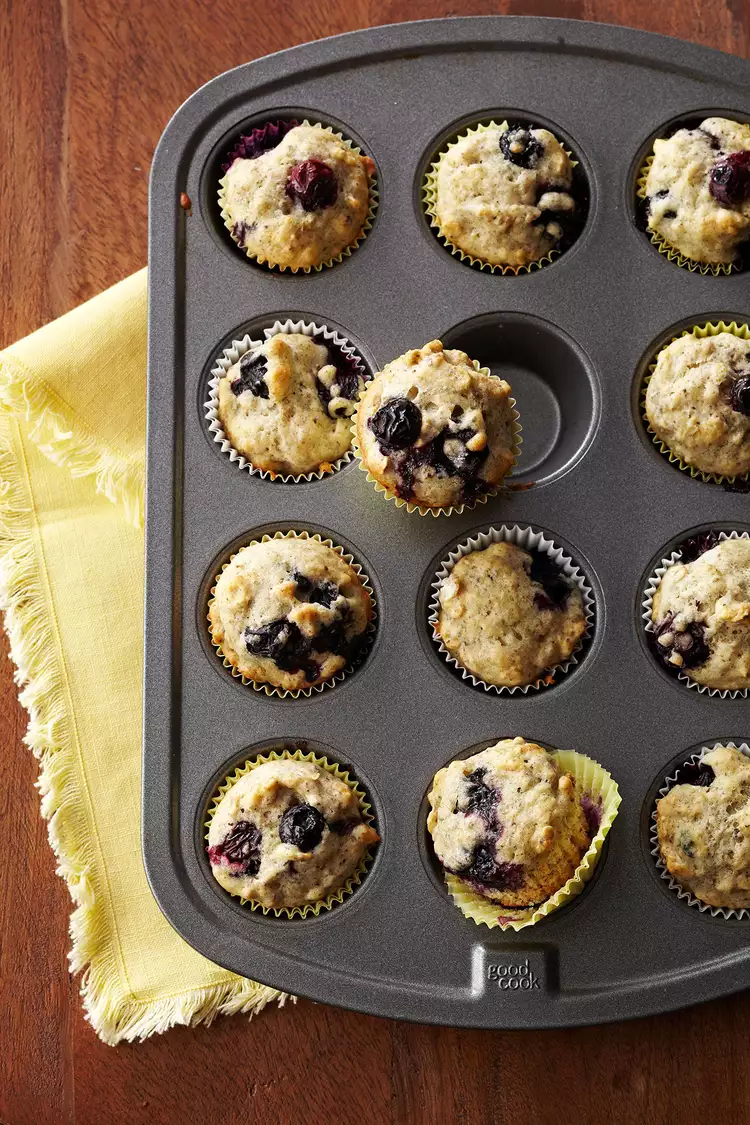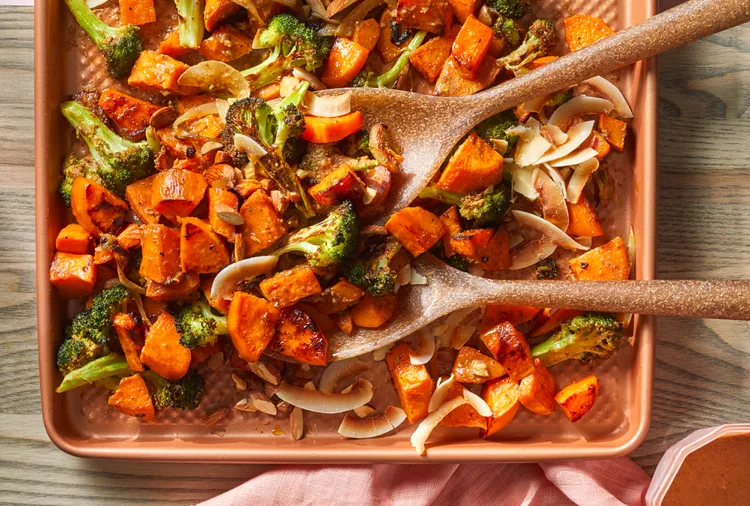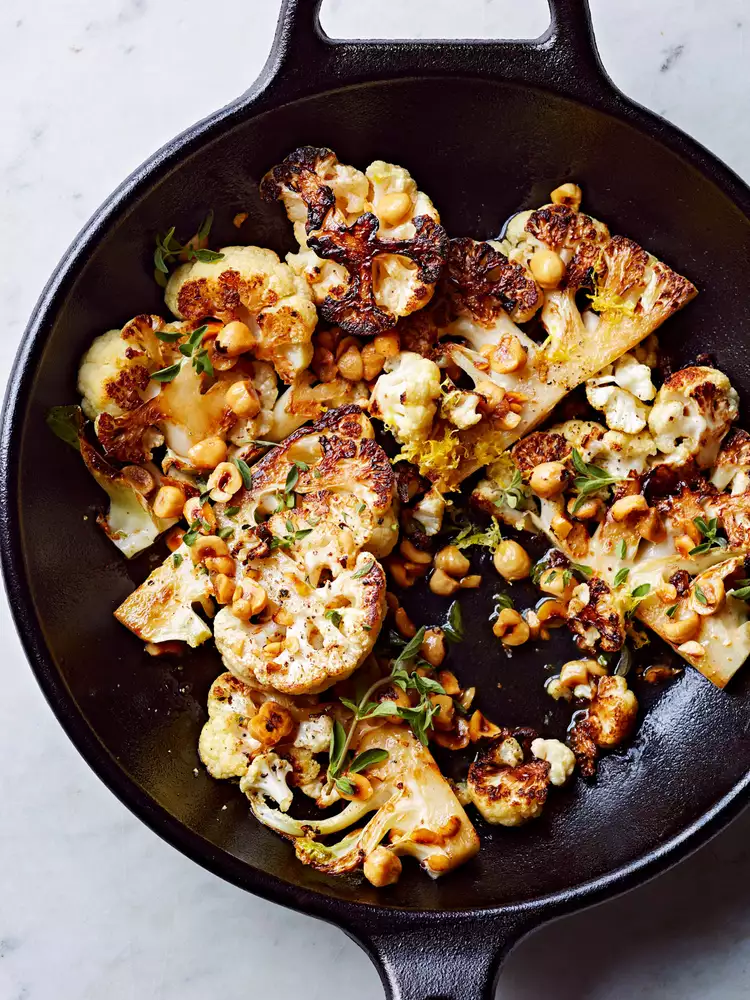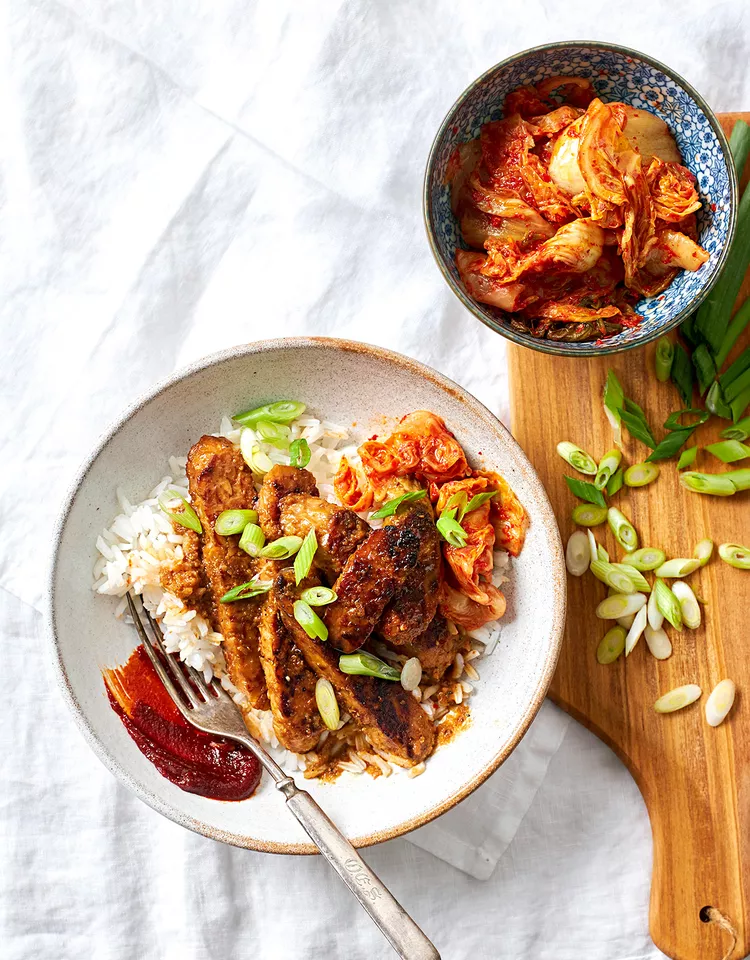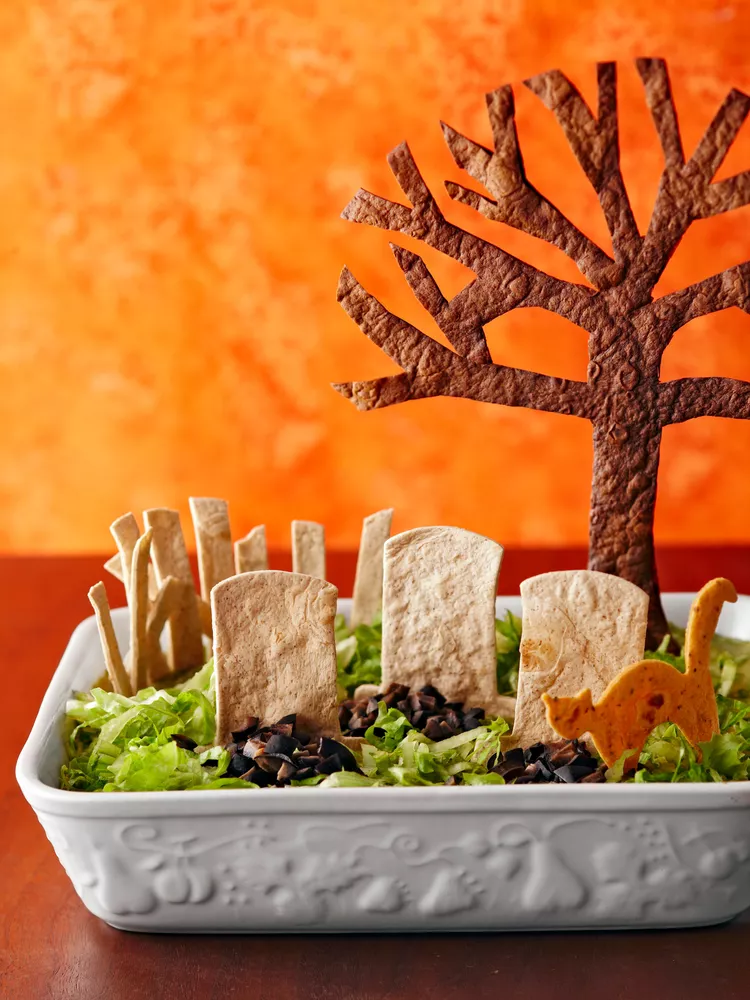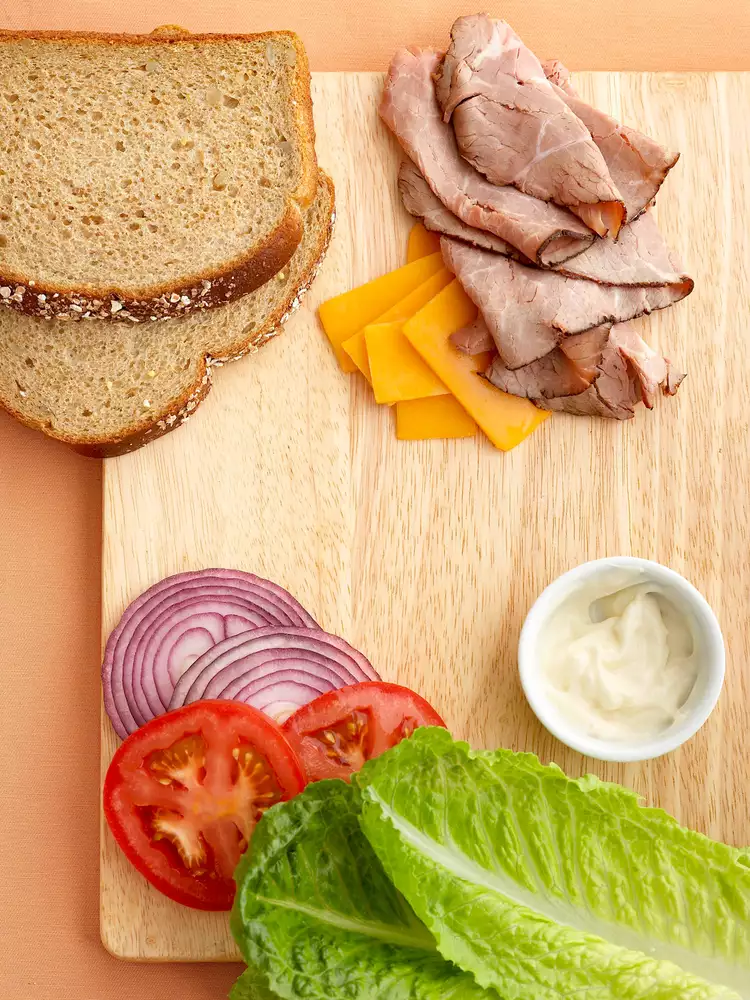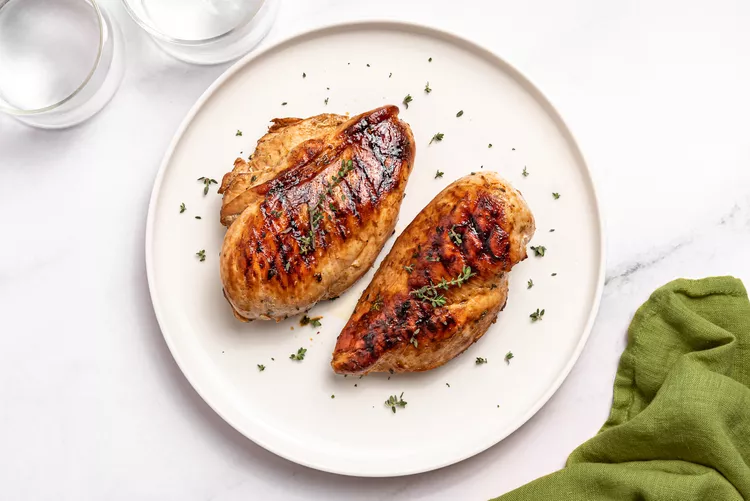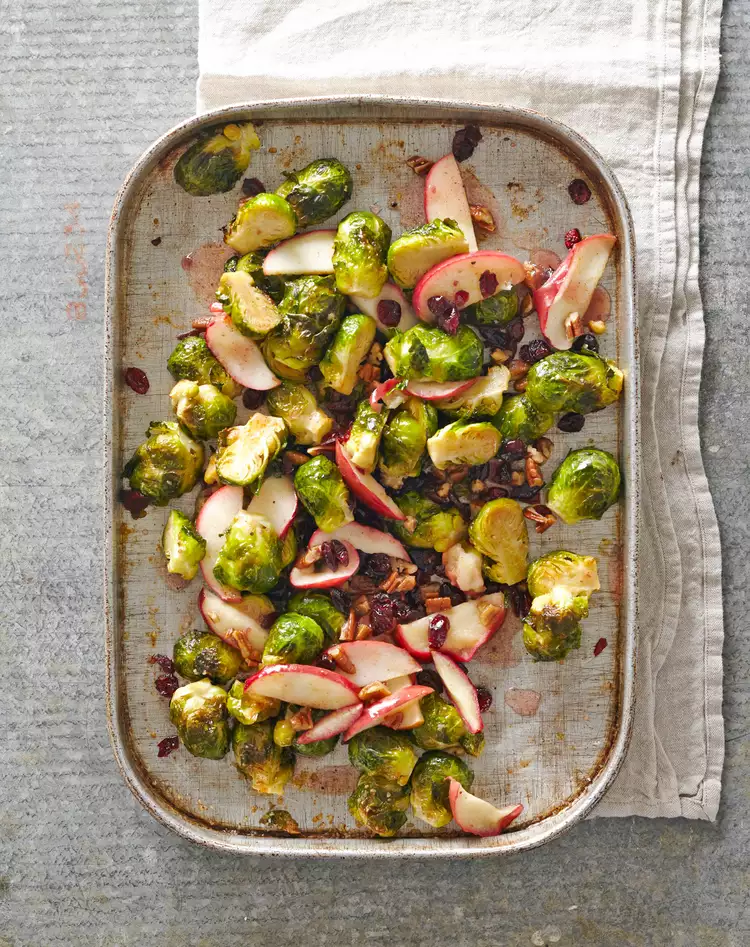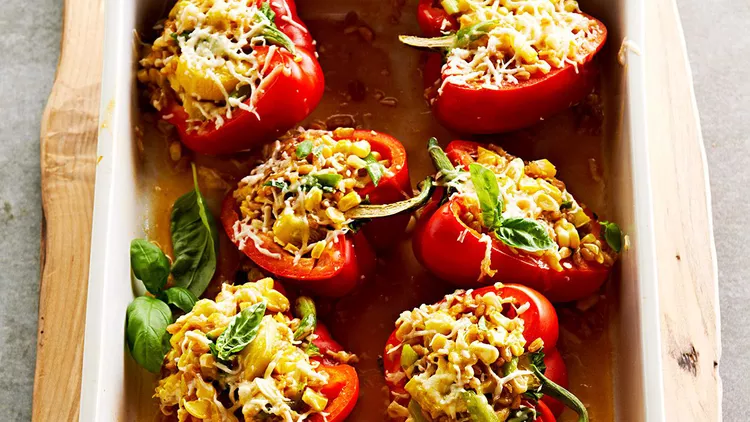It’s a running joke among some BHG staff members that avocados are the diva of the produce aisle. After choosing avocados at the store and bringing them back to the Test Kitchen to try while developing recipes like Tomato-Avocado Grilled Cheese, Grilled Avocado and Pineapple Salad, and Avocado Deviled Eggs, we’ll check in daily to test for ripeness. (By the way, dark green, bumpy skin and flesh that gives a little when gently pressed are among the signs that an avocado is ripe.)
The avocados tease us for days, practically whispering to us, “not yet!” Until one day, when we lift up the stem and it slides off easily to reveal green flesh underneath, we decide to wash and slice the fruit. And when we do, sometimes we’re disappointed to discover that we already missed showtime. In other words, we missed their freshness window and are left with an overripe avocado with mushy flesh with dark spots. What a tease!
We typically keep avocados on a countertop in a cool corner of the kitchen, unless we want to soften them faster—then we place them in a paper bag or in the sun. But should you refrigerate avocados at any point in this process to perhaps expand their window of recipe-readiness? You bet.
Read on to learn more about when and why to refrigerate avocados.
- Sarah Brekke, M.S., Better Homes & Gardens Test Kitchen brand manager
- Katy Green, a San Diego, California-based produce field inspector for Whole Foods Market
Should You Refrigerate Avocados?
There are four factors that influence avocado freshness, according to the Hass Avocado Board:
- Humidity: Humid conditions are ideal to help prevent avocados from drying out.
- Oxygen Exposure: When avocado flesh is exposed, the oxidation that’s caused by oxygen exposure drastically speeds up browning.
- Ethylene Gas Exposure: As we mentioned in our guide to fruits and vegetables you should never store together (unless you want them to spoil faster), certain produce items emit—and others are sensitive to—a natural gas called ethylene. Storing avocados near ethylene-producing produce like apples and bananas is one surefire way to rapidly ripen them.
- Temperature: Cooler temperatures decrease the pace of ripening.
Firm, unripe, uncut avocados should be stored at room temperature (68° to 75°F), the Hass Avocado Board and Sarah Brekke, M.S., Better Homes & Gardens Test Kitchen brand manager agree. Since cool temperatures basically slow ripening to a crawl, it’s important to allow avocados to ripen at room temperature (rather than popping them in the crisper drawer right after you bring the fruit home).
Unless you’re planning to eat your ripe avocado immediately, “once ripe and slightly soft to the touch, it’s best to move the fruit into the refrigerator,” to extend its shelf life, adds Katy Green, a San Diego, California-based produce field inspector for Whole Foods Market.
If you’re thinking about how refrigerating tomatoes drastically detracts from their flavor, you might be wondering how refrigerating avocados may impact quality. Rest easy: Refrigerating ripe avocados doesn’t negatively change the flavor, appearance, or texture of ripe avocados.
There’s one circumstance when the answer to “should you refrigerate avocados?” is always yes: If you’ve peeled or sliced the avocado. As soon as the flesh is exposed to air, an avocado must be refrigerated to reduce the risk of bacterial growth.
How Long Do Ripe Avocados Last?
If we’re lucky, a ripe avocado stored at room temperature lasts about 2 to 3 days before it starts to spoil. Refrigerating avocados widens the window of time for you to put the ripe fruit to good use before it goes bad. We find that ripe avocados can hang out in the fridge for 5 to 7 days, although we try to use them within 3 if possible. Once cut, it’s wise to enjoy the avocado within 1 day.
How to Refrigerate a Whole Avocado
Once ripe, refrigerate whole avocados in a high-humidity crisper drawer for up to 7 days.
How to Refrigerate a Cut Avocado
“After cutting, you should always refrigerate the avocado, whether you smash up the avocado or keep it cut in half,” Green says.
If you’re going to have an avocado half leftover, as you might after making avocado toast, keep the half of the avocado that has the pit in it, Brekke recommends. Cover the surface of the avocado directly with plastic wrap, place it in an airtight food storage container, and store in the refrigerator for up to 1 day.
Test Kitchen Tip: If you’d like to reduce the oxidation and limit the browning on the surface, brush the surface of the cut avocado with lemon juice before covering it in plastic wrap. It’s not inherently unsafe to consume the brown flesh on top, but because it can taste bitter, we suggest using a knife to slice off any brown portions before consuming.
If you remove the pit and smash the avocado, or have extra avocado slices or chunks, transfer them to an airtight food storage container. Top them with lemon or lime juice and a layer of plastic wrap, pressing the wrap onto the surface as much as possible to limit oxygen exposure. Aim to finish slices, chunks, or mashed avocado the same day, if possible.
How to Freeze Avocados to Get Even More Time to Enjoy Them
If you don’t think the one-week window you’ll have with a refrigerated avocado will be enough, you can freeze ripe avocados for up to 1 month, the Hass Avocado Board says. Keep in mind that frozen avocado will work best in blended recipes, such as smoothies or margaritas, since the consistency will change if you attempt to thaw the fruit before use.
You can freeze avocados sliced or mashed. Either way, start by washing your hands then washing the avocado skin under cool running water.
- To freeze sliced avocado, use a knife to carefully cut your avocado in half. Remove the seed by scooping it out with a spoon, then peel the skin away from the flesh like a banana. Using the knife, cut the avocado into quarters or slices. Place the avocado pieces into a zip-top bag, press out as much air as possible, then label and date before freezing for up to 1 month.
- To freeze mashed avocado, cut the avocado in half, use a spoon to remove the pit, then scoop the flesh into a bowl. Add a squeeze of fresh lemon juice, then use a fork to mash until chunky or creamy, depending on your preference and how you plan to use the avocado.
